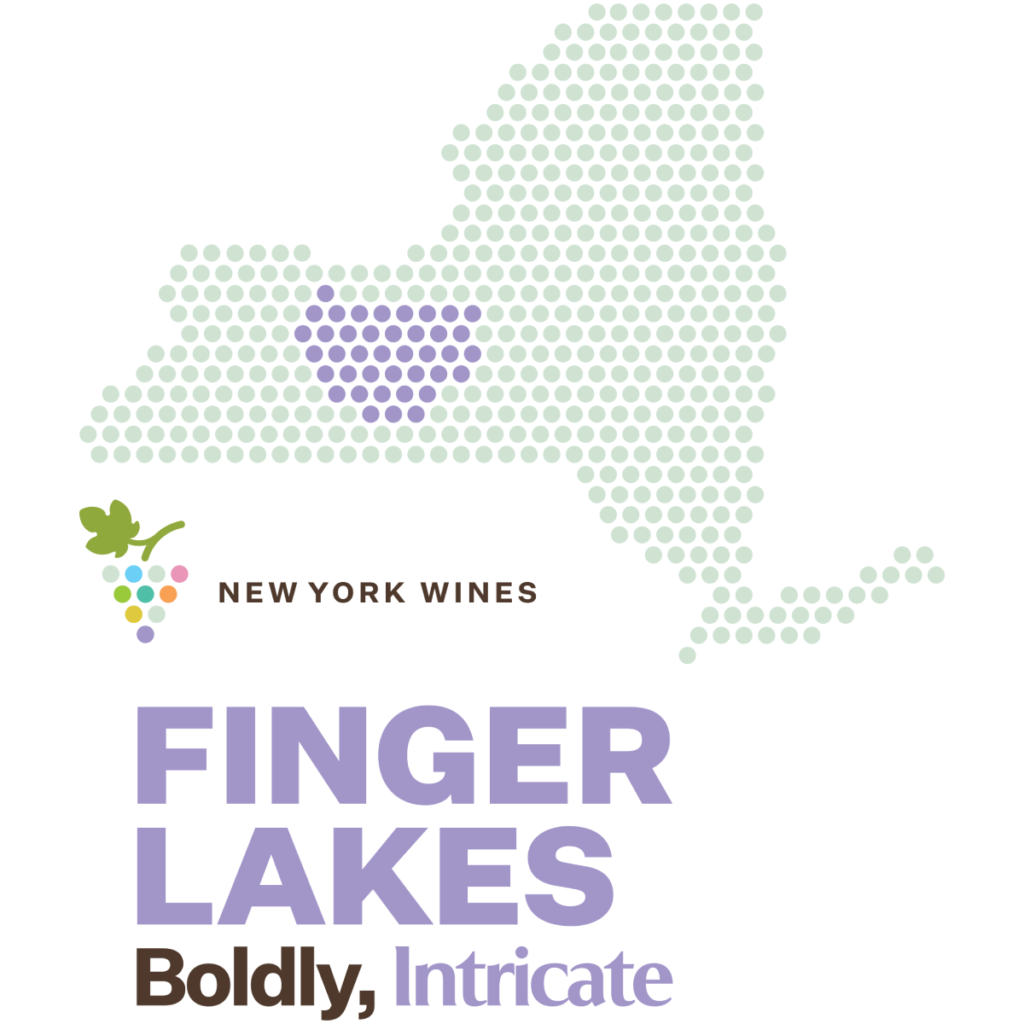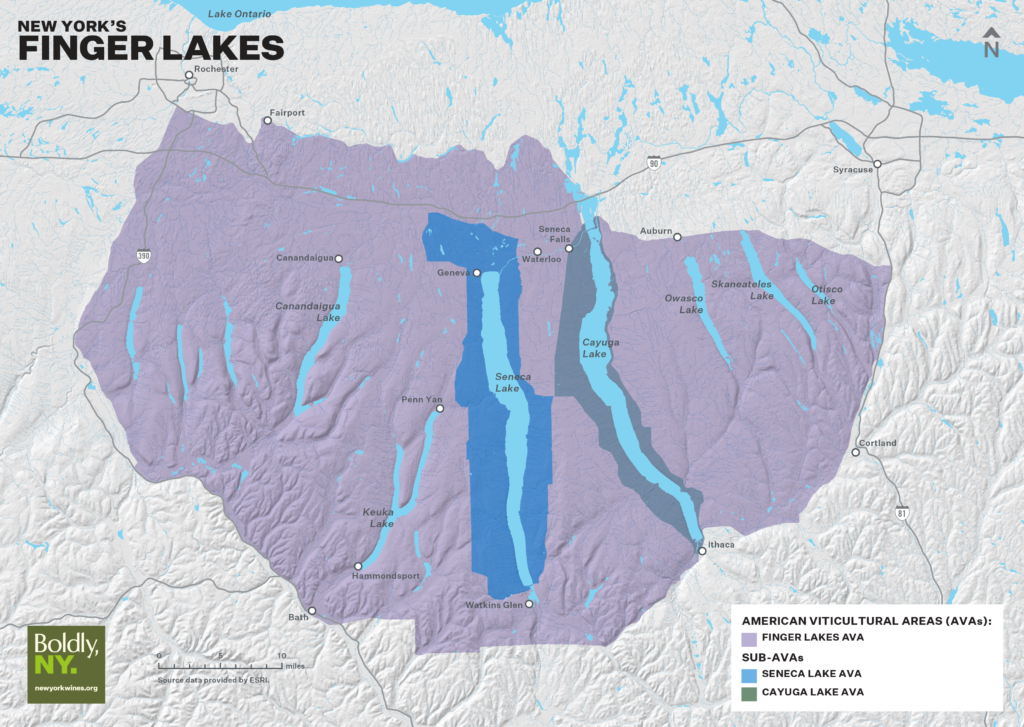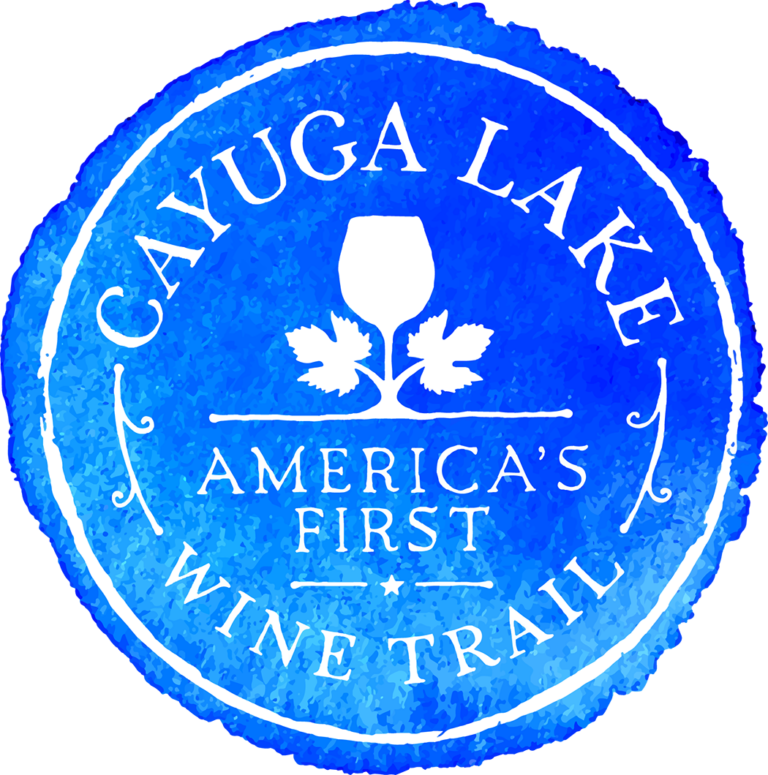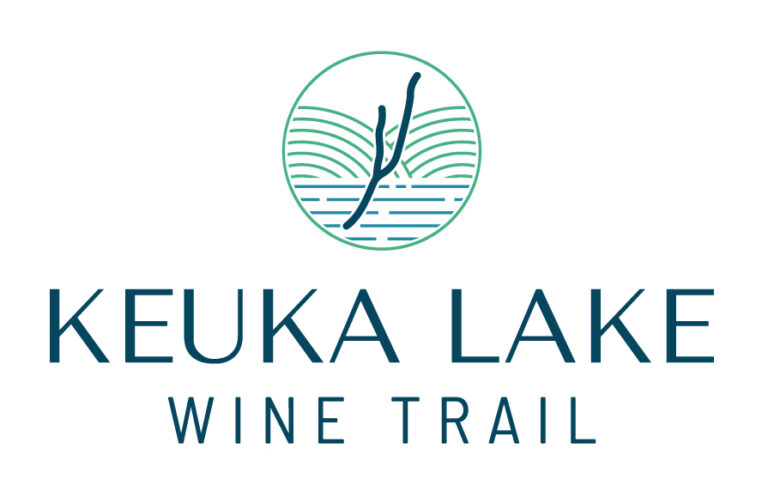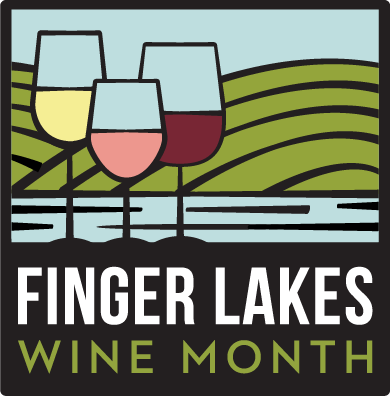
The Finger Lakes region of northwest New York is known for its picturesque grouping of narrow glacial lakes—some of the deepest freshwater lakes in the United States.
Over the past two decades, the Finger Lakes have become known as one of the finest cool-climate winegrowing regions—especially for Riesling—in North America.
Of the 11 lakes, Canandaigua, Keuka, Seneca and Cayuga are central to the cool—climate winegrowing region. Their names are Native American, meaning: Canandaigua (“The Chosen Spot” or “The Chosen Place”), Keuka (“Canoe Landing” or “Crooked Lake”), Seneca (“Place of the Stone”) and Cayuga (“Boat Landing”), with the latter two recognized as separate AVAs due to their unique conditions.
Some of the newest growth in this region, however, is coming around the smaller western lakes, Conesus (“Always Beautiful”) and Hemlock (the only lake named for European settlers). The smaller eastern lakes, Owasco (“Floating Bridge” or “Crossing Place”), Cazenovia (“Lake of the yellow perch “) and Skaneateles (“Long Lake”) are also seeing wineries open in their vicinity.
Geology
The underlying bedrocks of the Finger Lakes date from the Devonian period over 360 million years ago. They’re composed of primarily grey shales and silty limestone, or a mix of shale, siltstone, sandstone and limestone.
The Finger Lakes has several soil series, with differences such as soil pH (possibly requiring amendments to reach neutral pH), grain size and soil texture (effecting drainage), and the presence of clay and/or limestone in the subsurface (effecting nutrient content and availability). Depending on vineyard location, soils can be well—to moderately well-drained, and vigorous to moderately vigorous. Trellis systems and row orientation have been implemented in response to slope, aspect and soil vigor. Underlying shale beds may provide pathways for vine roots and may also enable water from springs to travel along the ledges.
Given the site-specific nature of the regions vineyards, “many top producers now are also focused on the potential of single vineyards and micro sites, and many have intricate arrangements to secure production from very carefully delineated top ‘lieu dits’ in the region,” wrote McIlhenny. “They produce over a dozen bone-dry, single-vineyard Rieslings that reflect the extraordinary variation of soil types within an eight-mile stretch of territory on the southeast part of Seneca Lake.”
Climate
The Finger Lakes is a cool-climate region with otherwise continental temperatures being moderated by Lake Ontario to the north, and Lake Erie to the west. Extreme winter air from Artic high-pressure systems is warmed while passing over the warmer waters of these two Great Lakes, providing a degree of warming. During summer, a degree of cooling is provided. Both of these elements increase the viability of Vitis vinifera grapes winter survival and bud viability.
Vineyard elevation also has an impact on the “lake effect”. The lakes accumulate heat from March to August and lose heat for the remainder of the year. Since the land surrounding a lake warms up in the spring faster than the water, vineyards close to a lake will experience cooler temperatures that delay bud break and protect from spring frost. In the fall, the land cools faster, so proximity to the lake provides the vineyards some additional heat.
But the predictability and consistency of the lake effect may be lessening as climate change brings dramatic and increasingly less predictable temperature swings and rainfalls to the region.
Quick Facts
About the Finger Lakes Region
- Established September 1, 1982
- 144 Wineries
- 195 Day Growing Season
- 423 Farms, 10,709 Acres of Vineyard
- Native, Hybrids, Vitis Vinifera
Region map
Explore More New York Wine Country:
